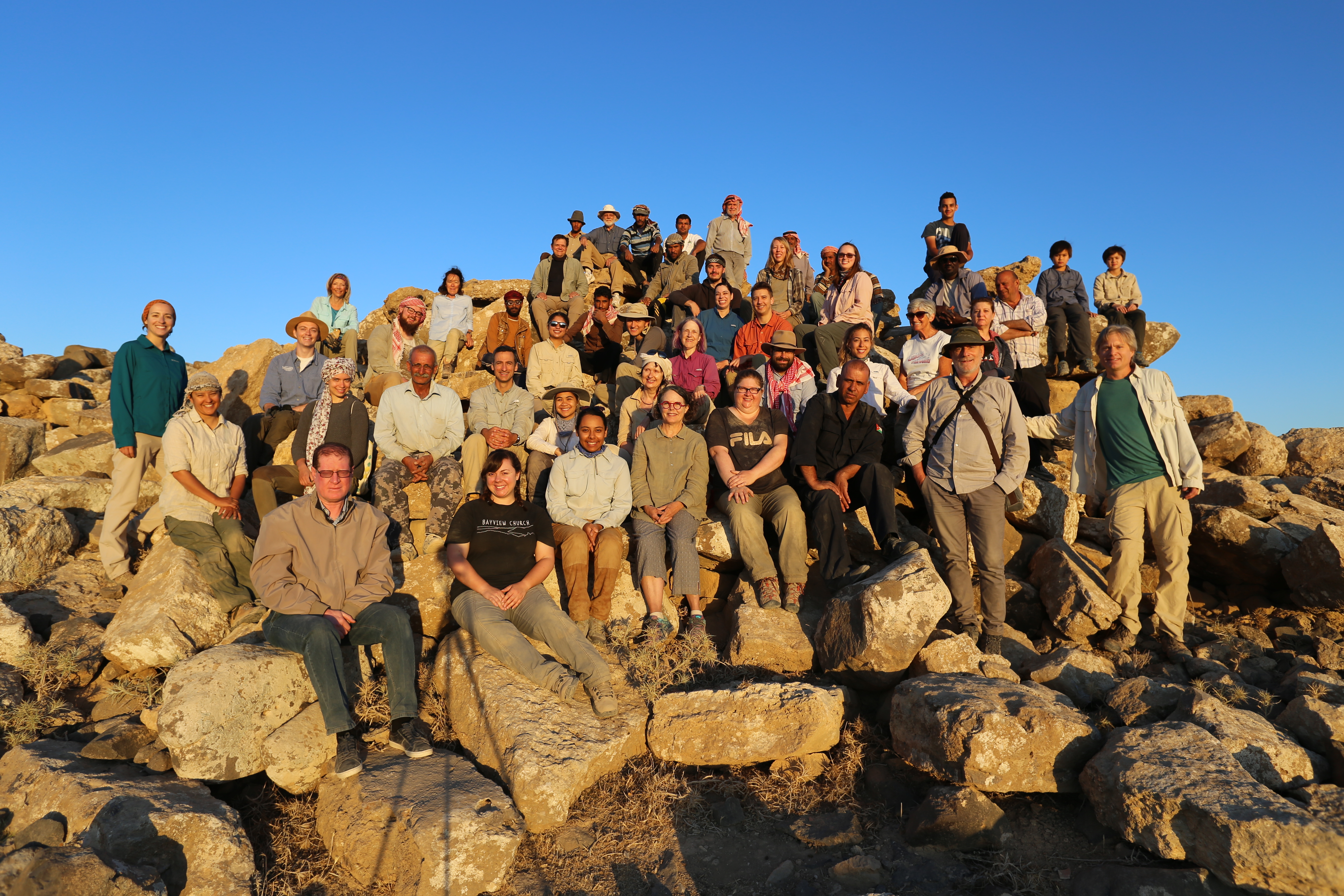Fieldwork
This listing expired on March 1, 2022. Please contact mroddy@lasierra.edu for any updated information.

Location: Karak, Jordan
Season: June 23, 2022 to August 4, 2022
Session Dates: 6/23/22 - 7/16/22 OR 7/9/22 - 8/4/22
Application Deadline: March 1, 2022
Deadline Type: Exact Date
Website: https://lasierra.edu/cnea/projects/balua-regional-archaeological-project-brap/
Program Type:
Field School, Volunteer
RPA Certified:
No
Affiliation:
La Sierra University
Project Director:
Kent Bramlett, Monique Roddy, and Friedbert Ninow
Project Description:
Khirbat al-Baluʿa is a multi-period site in central Jordan, north of Karak, stretching over approximately 20 hectares. Baluʿa is located next to the Wadi Baluʿa, which is a tertiary tributary to the Wadi Mujib. In this location, Baluʿa was able to control a major north-south route and guard access from the north to the Karak Plateau over the millennia.
The BRAP has renewed excavations at this important site, identifying three main areas of excavation in a pilot season in 2017 and a full season in 2019. GPS survey and test excavations in 2010 and 2012 had established a preliminary map of the visible remains at the site. The most extensive period of occupation at Baluʿa dates to the Iron II period (1000–550 BCE), when the city expanded to include a large, walled lower settlement. The Iron II settlement is impressive, with building walls preserved to over 6 feet in height and doorways with stone lintels still intact. The site is located in what is traditionally known as the Moabite region of Jordan in the Iron Age. Other periods represented at the site include a Middle Islamic village and a Nabatean sacred structure, as well as Bronze Age and Hellenistic occupations.
Period(s) of Occupation: Iron II period (1000-550 BCE)
Notes:
Security Forms are required by the Jordanian Department of Antiquities and must be submitted by all possible candidates by 1 March 2022. General application forms are not due until 1 April 2022, however, applicants must submit the security form to be considered for the project.
Project Size: 25-49 participants
Minimum Length of Stay for Volunteers: 3 weeks
Minimum Age: 18
Experience Required: No prior experience is necessary.
Room and Board Arrangements:
The team stays in a small, family-run hotel located on the Karak Highway. Participants will share ensuite rooms that are double occupancy. Volunteers not seeking academic credit may participate for a fee of $2,500 full season or $1,500 half season, which includes room and board and in-country transportation costs.
Academic Credit:
Academic credit is offered through La Sierra University in the following undergraduate and graduate courses at a rate of $923 per unit. Students taking 4 credits have all in-country costs included in their tuition (weekend tours, visas, and travel insurance). Students taking 8 credits or more have airfare included as well.
Great Discoveries in Archaeology (ARCH 216, 4 units)
Fieldwork in Near Eastern/Middle Eastern Archaeology (ARCH/RELB 494/594, 1-8 units)
New Testament Archaeology (ARCH/RELB 446/546, 4 units)
Topics in Archaeology: Archaeology of Iron Age Jordan (ARCH 495/695J, 4 units)
Monique Roddy, Center for Near Eastern Archaeology
4500 Riverwalk Parkway
Riverside
California
92505
USA
The AIA is North America's largest and oldest nonprofit organization dedicated to archaeology. The Institute advances awareness, education, fieldwork, preservation, publication, and research of archaeological sites and cultural heritage throughout the world. Your contribution makes a difference.
Notifications